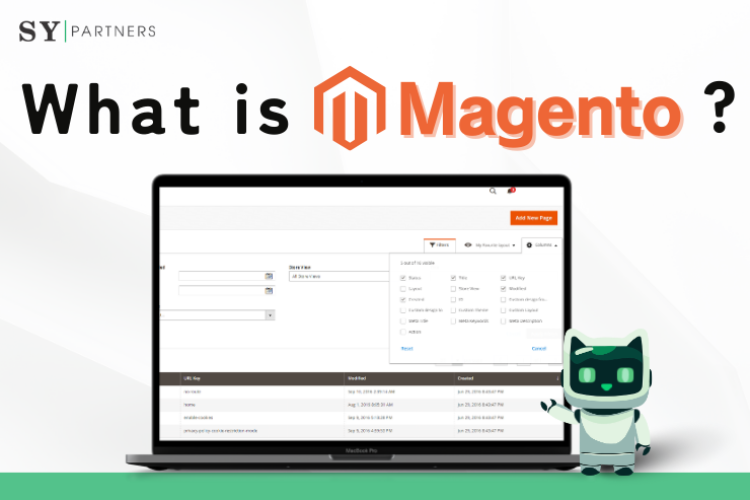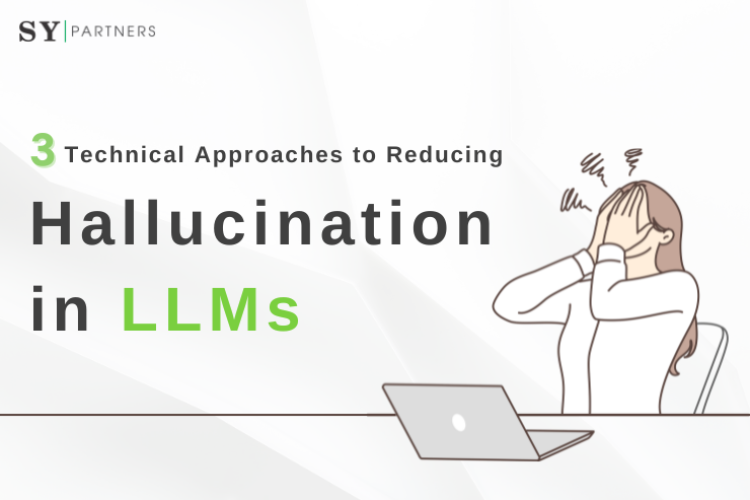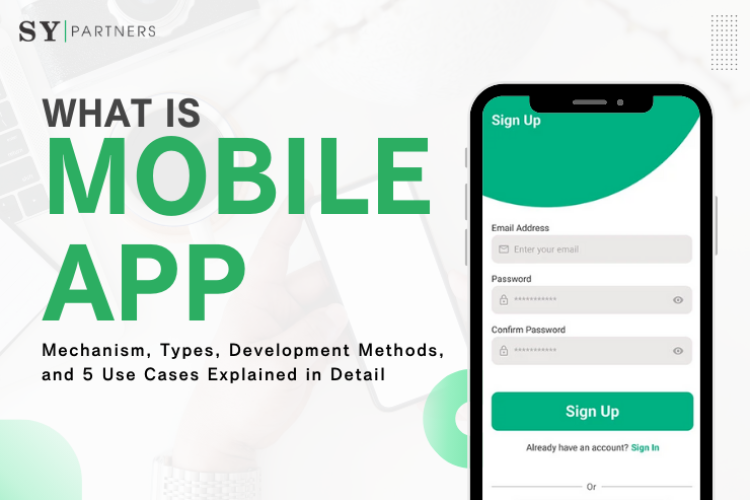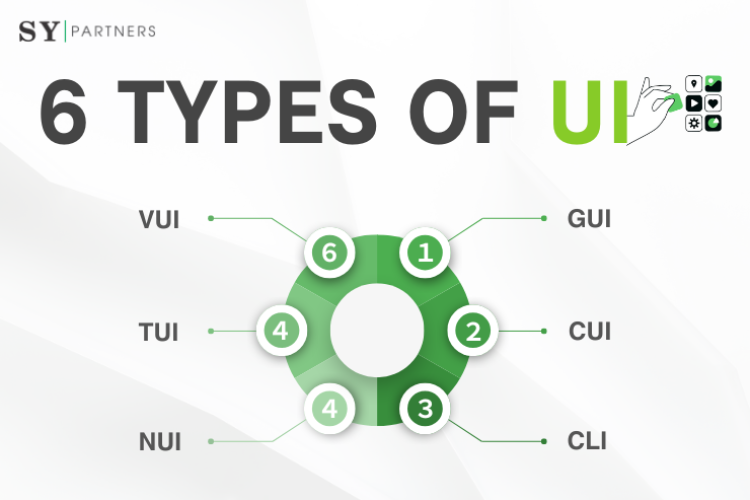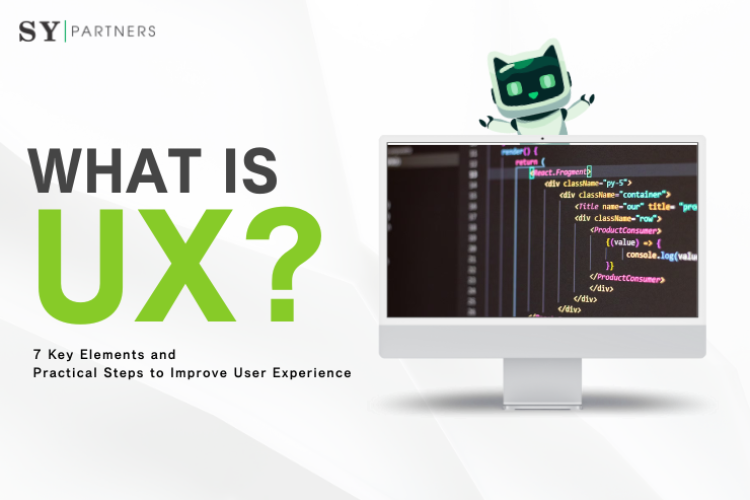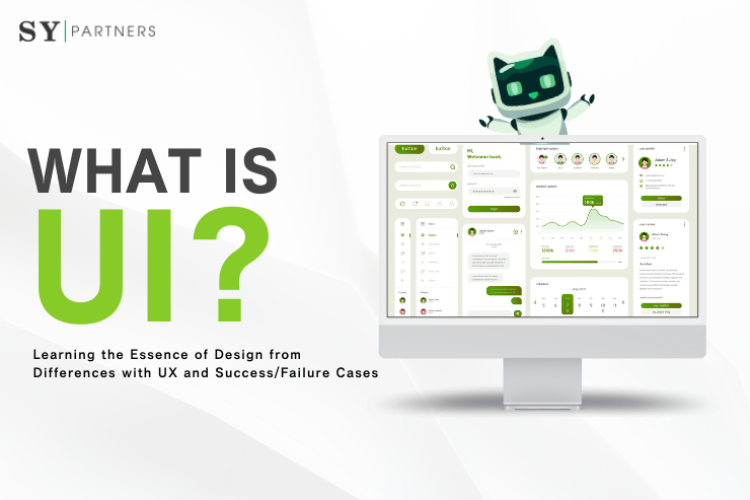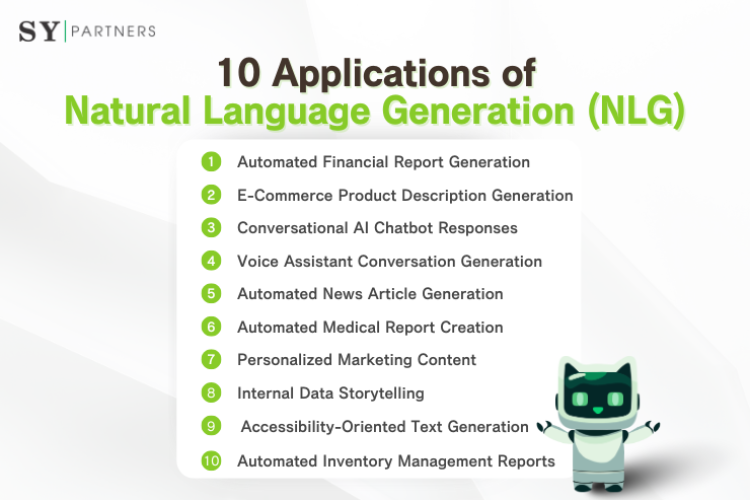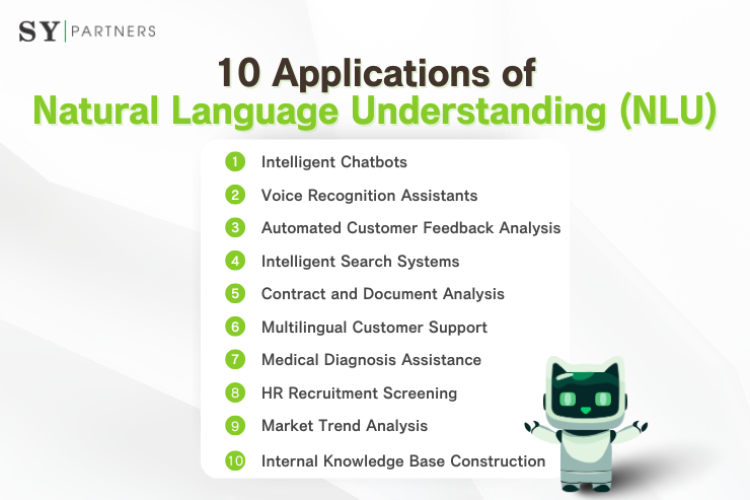UI Glossary You Should Know
User Interface (UI) design is a key element in making websites and apps intuitive and easy to use. However, specialized terms such as “modal” or “wireframe” can be a barrier to beginners.
In this article, we’ve carefully selected essential UI design terms and explained them in a clear, practical way so that designers and small businesses can start applying them right away. Each term is linked to usability and design efficiency challenges, with concise explanations of how it can help. Learn UI design and set your project up for success!


 EN
EN JP
JP KR
KR
